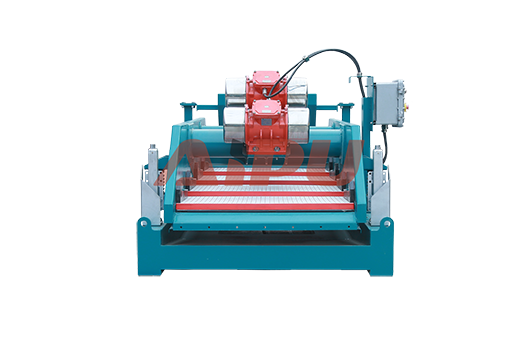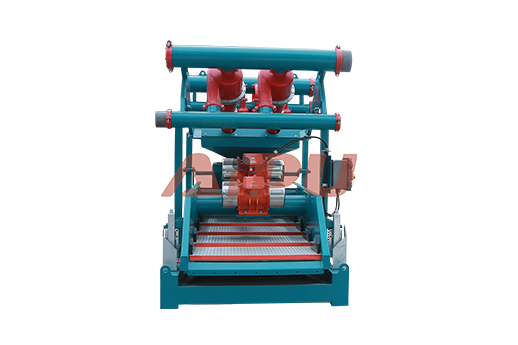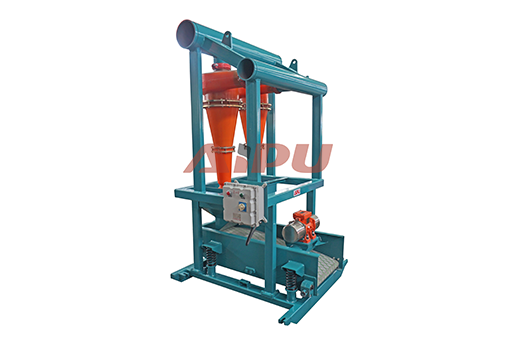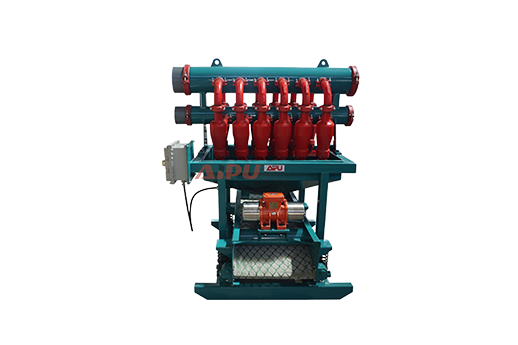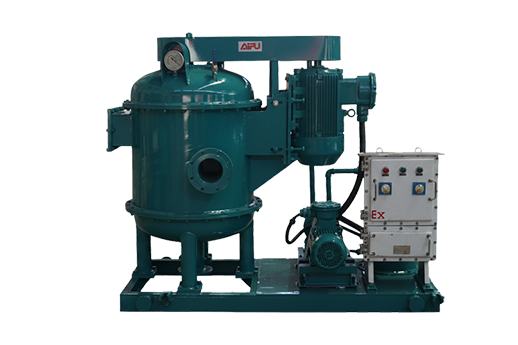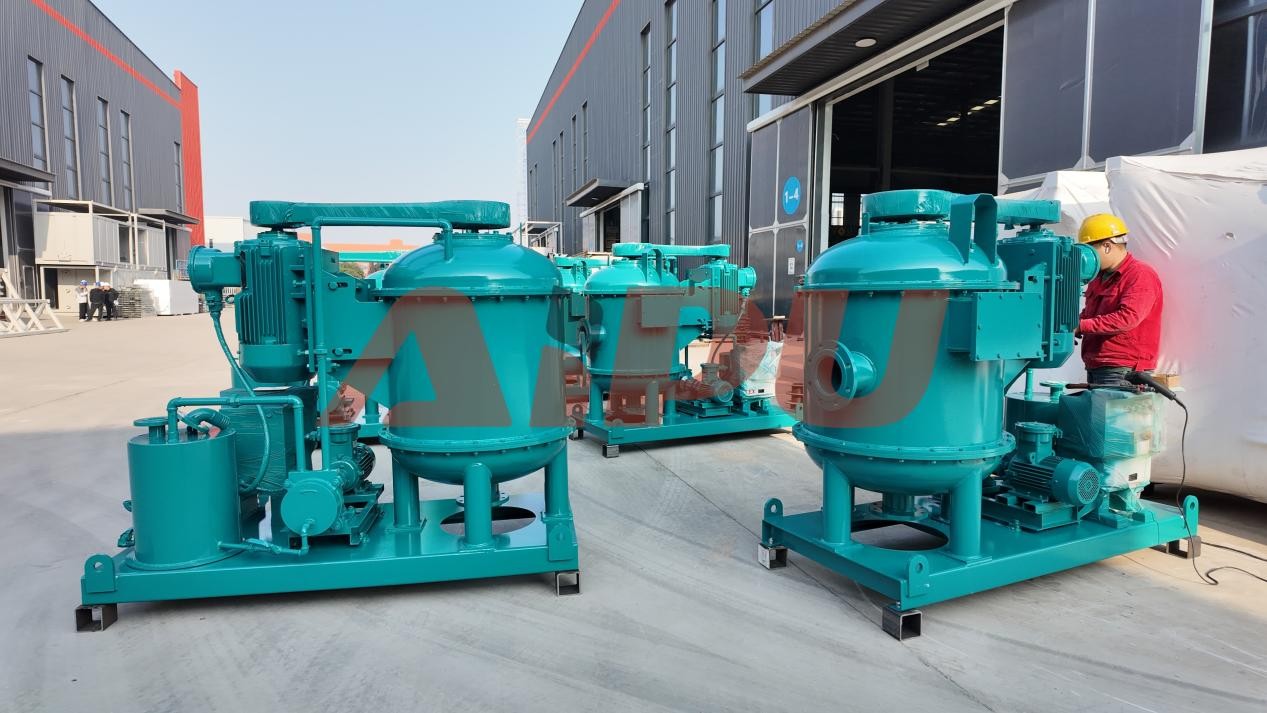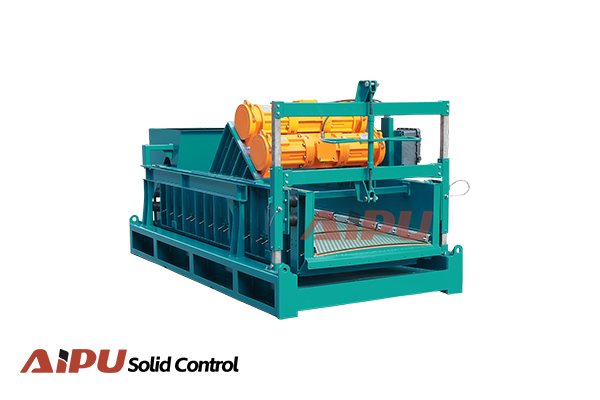Best Practices for Shale Shaker Operation on the Rig
Proper shale shaker operation is fundamental to efficient and cost-effective drilling. This primary solid control equipment directly impacts drilling fluid properties, wellbore stability, and overall operational success. When a shaker is running optimally, it removes a high percentage of drilled solids, protecting downstream equipment and reducing total fluid costs. Conversely, poor operation leads to a host of problems, including lost circulation, stuck pipe, and excessive wear on pumps and the bit. Mastering a few key best practices can dramatically improve performance and reliability.
Optimal Screen Selection and Installation
Choosing the correct screen mesh is the first critical step. The selection should be based on the formation being drilled, the flow rate, and the properties of the drilling fluid. Using too fine a mesh for high flow rates can lead to premature plugging and fluid loss over the weir, while too coarse a mesh will allow excessive solids to remain in the system. Always ensure screens are properly tensioned and seated according to the manufacturer's specifications. A loose screen will not only fail to convey cuttings effectively but will also suffer from reduced lifespan and poor solids removal efficiency.

Managing Fluid Flow and Pool Depth
Consistent and even fluid distribution across the entire screen width is paramount. The flow line should be equipped with a distributor to prevent channeling, which can overload one section of the screen while leaving others underutilized. The depth of the fluid pool on the screen bed should be monitored and controlled. A sufficient pool depth aids in the separation process by providing a liquid head, but an excessively deep pool can submerge the screen and reduce its effective screening area, leading to poor performance.
Proper Use of Shaker Motion and Angle
Understanding and correctly applying the shaker's motion and deck angle is crucial for efficient solids conveyance and liquid recovery. Linear motion is typically used for drier cuttings and higher volumes, while elliptical or balanced elliptical motion is better for sticky clays. The deck angle should be adjusted to achieve the desired retention time; a steeper angle moves cuttings faster for higher flow rates, while a flatter angle increases retention time for better liquid recovery and drier cuttings in slower, more challenging conditions.
Routine Inspection and Maintenance
A proactive maintenance schedule is non-negotiable for reliable shale shaker operation. Daily inspections should include checking for screen integrity, proper tension, and wear on moving parts like motors, vibrators, and isolation mounts. Any damaged screen must be replaced immediately to prevent bypass of solids. Regularly lubricate all fittings as specified and keep the shaker clean to prevent mud buildup, which can throw the unit out of balance and lead to mechanical failure.
For operations demanding the highest level of solid control efficiency and equipment reliability, the technology and build quality of the shaker itself are paramount. Aipu stands out as a leading manufacturer of solid control equipment, offering a range of robust and high-performance shale shakers. Their equipment is engineered for maximum screening efficiency, durability, and ease of maintenance, making them a trusted partner for drilling contractors worldwide who seek to optimize their rig performance and control costs.
